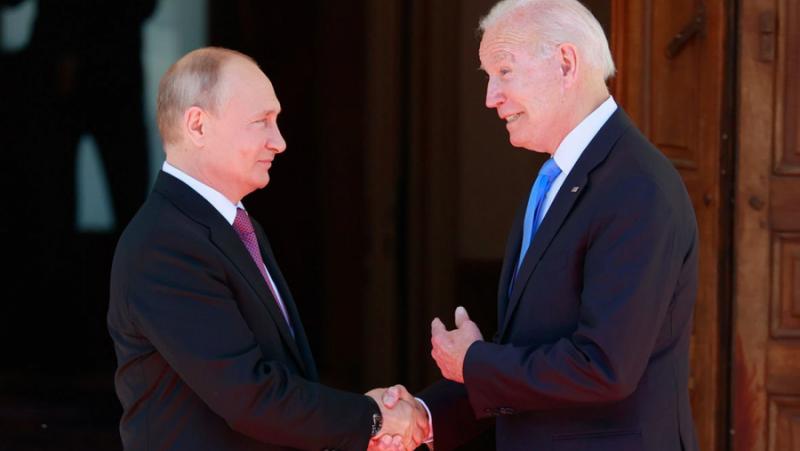М, по колкото се търгува килограм клипове на днешниете борси?


По пет за долар

ПП2: Не за друго, ами да вляза в академичния стил на Етера.



Колективизмът и стадното поведение са избуяли, благодарение на социалките предполагам.
Facebook’s growing role in the state surveillance demands new scrutiny of the company’s origins and its products as they relate to a former, controversial DARPA-run surveillance program that was essentially analogous to what is currently the world’s largest social network.

unlimitedhangout.com
"Part 1 of this two-part series on Facebook and the US national-security state explores the social media network’s origins and the timing and nature of its rise as it relates to a controversial military program that was shut down the same day that Facebook launched. The program, known as LifeLog, was one of several controversial post-9/11 surveillance programs pursued by the Pentagon’s Defense Advanced Research Projects Agency (DARPA)..."
сборно цитати, подредени на вкус:
1. "In the aftermath of the September 11 attacks, DARPA, in close collaboration with the US intelligence community (specifically the CIA), began developing a “precrime” approach to combatting terrorism known as Total Information Awareness or TIA. The purpose of TIA was to develop an “all-seeing” military-surveillance apparatus. The official logic behind TIA was that invasive surveillance of the entire US population was necessary to prevent terrorist attacks, bioterrorism events, and even naturally occurring disease outbreaks."
2. "The TIA program met with considerable citizen outrage after it was revealed to the public in early 2003.
...
As a result of the pressure, DARPA changed the program’s name to Terrorist Information Awareness to make it sound less like a national-security panopticon and more like a program aiming specifically at terrorists in the post-9/11 era.
The TIA projects were not actually closed down, however, with most moved to the classified portfolios of the Pentagon and US intelligence community."
3. "Soon after TIA was initiated, a similar DARPA program was taking shape under the direction of a close friend of Poindexter’s, DARPA program manager Douglas Gage. Gage’s project, LifeLog, sought to “build a database tracking a person’s entire existence” that included an individual’s relationships and communications (phone calls, mail, etc.), their media-consumption habits, their purchases, and much more in order to build a digital record of “everything an individual says, sees, or does.” LifeLog would then take this unstructured data and organize it into “discreet episodes” or snapshots while also “mapping out relationships, memories, events and experiences.”
...
LifeLog, per Gage and supporters of the program, would create a permanent and searchable electronic diary of a person’s entire life, which DARPA argued could be used to create next-generation “digital assistants” and offer users a “near-perfect digital memory.”
...
The information that LifeLog gleaned from an individual’s every interaction with technology would be combined with information obtained from a GPS transmitter that tracked and documented the person’s location, audio-visual sensors that recorded what the person saw and said, as well as biomedical monitors that gauged the person’s health. Like TIA, LifeLog was promoted by DARPA as potentially supporting “medical research and the early detection of an emerging epidemic.”
...
Combined with TIA’s surveillance of individuals at multiple levels, LifeLog went farther by “adding physical information (like how we feel) and media data (like what we read) to this transactional data.”
...
In addition to the ability to profile potential enemies of the state, LifeLog had another goal that was arguably more important to the national-security state and its academic partners—the “humanization” and advancement of artificial intelligence. In late 2002, just months prior to announcing the existence of LifeLog, DARPA released a strategy document detailing development of artificial intelligence by feeding it with massive floods of data from various sources.
The post-9/11 military-surveillance projects—LifeLog and TIA being only two of them—offered quantities of data that had previously been unthinkable to obtain and that could potentially hold the key to achieving the hypothesized “technological singularity.” The 2002 DARPA document even discusses DARPA’s effort to create a brain-machine interface that would feed human thoughts directly into machines to advance AI by keeping it constantly awash in freshly mined data."
4. "Soon after the LifeLog program was shuttered, critics worried that, like TIA, it would continue under a different name. For example, Lee Tien of the Electronic Frontier Foundation told VICE at the time of LifeLog’s cancellation, “It would not surprise me to learn that the government continued to fund research that pushed this area forward without calling it LifeLog.”
Along with its critics, one of the would-be researchers working on LifeLog, MIT’s David Karger, was also certain that the DARPA project would continue in a repackaged form. He told Wired that “I am sure such research will continue to be funded under some other title . . . I can’t imagine DARPA ‘dropping out’ of such a key research area.”
The answer to these speculations appears to lie with the company that launched the exact same day that LifeLog was shuttered by the Pentagon: Facebook."
---
Така, в случай, че на някой му се чете откъде се пръкнаха социалките и що.
Проектите в развитие се развиват. Ся сме 2022, и има тва, което има, и има вече развито влияние на социалки. И смея да предположа, че по-скоро ДАРПА може да кажат що са се пръкнали социалките и накъде трябва да отидат.
Ама не знам де












